10 countries the super-rich are moving to... and 10 they're fleeing
The movements of the super-rich
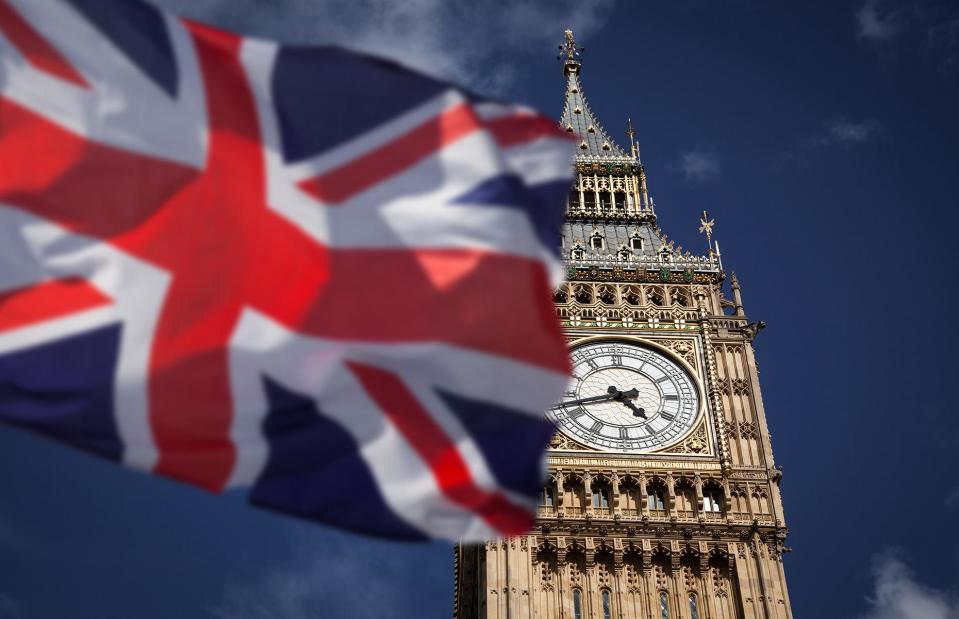
Melinda Nagy/Shutterstock
Recent research suggests that the super-rich are more mobile than ever before. Open economies, the ease of working digitally while abroad, and special citizenship or "golden visa" schemes are all encouraging record numbers of high-net-worth individuals (HNWIs), who typically have financial assets worth $1 million (£781k) or more, to leave their home nations.
Residency firm Henley & Partners has produced The Henley Private Wealth Migration Report 2024, which reveals the countries that will win and lose the most HNWIs this year. And the results might just surprise you...
Read on to discover the 10 favoured destinations of the world’s elite today – and the 10 countries they're leaving behind.
All dollar amounts in US dollars
Japan – 400 more millionaires
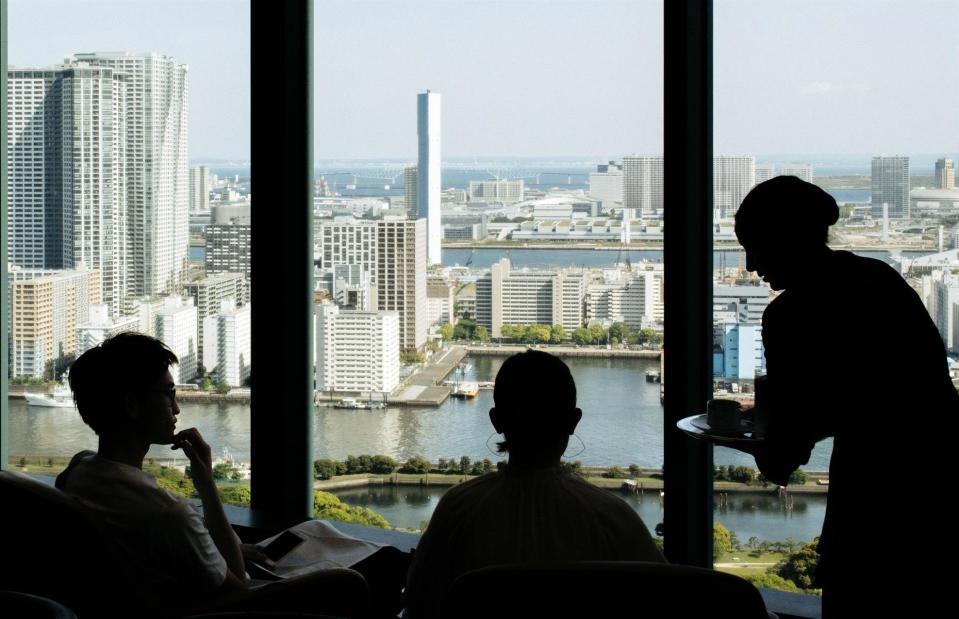
Woohyeok Choi/Alamy Stock Photo
A relative newcomer to the report, Japan has seen an influx of Chinese millionaires moving to Tokyo – a trend that started after the COVID-19 pandemic and one that's now accelerating, according to Henley & Partners.
While the Chinese economy is struggling due to its collapsing real estate industry, Japan has shown signs of economic recovery post-pandemic. But could that change? With the yen plunging against the dollar and renewed focus on Japan's status as the world's most indebted nation, the country's reputation as a stable economy could be under threat.
Though the government is reportedly keen to capitalise on this by boosting exports, Japan may have to rely on its other draws – namely, its "beautiful public gardens and golf courses, plus [being] ranked among the safest countries on earth according to the Global Peace Index" – to maintain its appeal while its economic situation remains uncertain.
Portugal – 800 more millionaires

hbpro/Shutterstock
In ninth place is Portugal, which is expected to attract 800 new HNWIs in 2024. The nation recently made changes to its Golden Residence Permit Program, meaning potential migrants can no longer qualify for the visa by investing in real estate or real estate-related funds.
But the programme – which is mainly targeted towards non-EU citizens and has been popular with HNWIs from the USA, China, Brazil, South Africa, Türkiye, and Russia over the years – is still a draw, with migrants required to invest a minimum of just €250,000 ($270k/£211k) to qualify.
Dubbed "the Florida of Europe" by some, Portugal has much to offer incoming millionaires, from a mild climate to low consumer prices.
Greece – 1,200 more millionaires
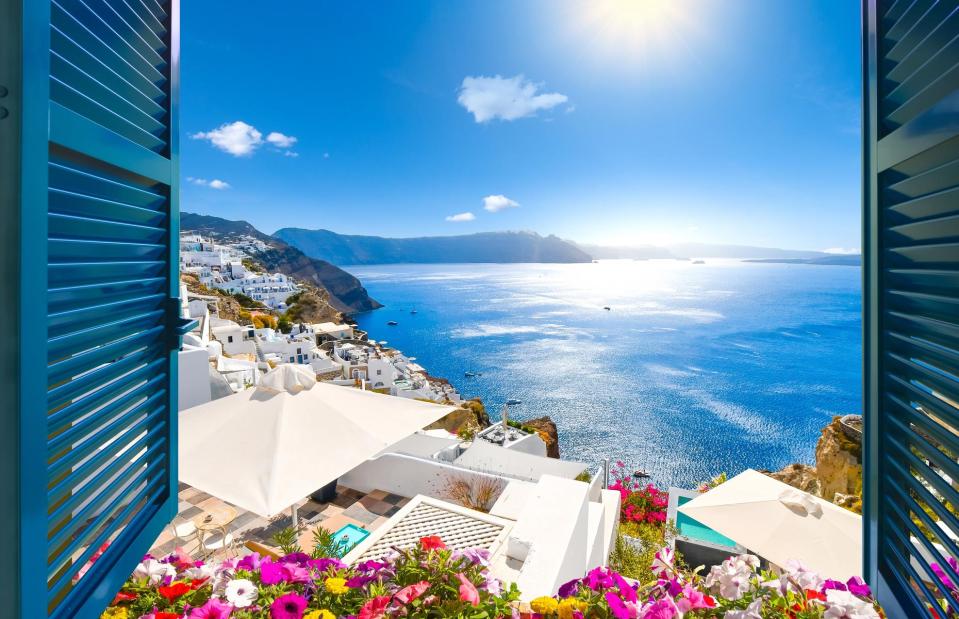
Kirk Fisher/Shutterstock
Arguably one of the more surprising destinations in our round-up, Greece is expected to welcome 1,200 millionaire migrants this year.
When you consider that most millionaires move to countries with strong economies, Greece might seem an unorthodox choice. Snowballing debt and subsequent austerity measures have plagued the country since 2007, while the nation still has the world's fourth-highest debt-to-GDP ratio, according to data shared by World Population Review.
But the European country has risen in popularity among the super-rich thanks to its Greece Golden Visa Program. Open to non-EU citizens, the program offers residency in exchange for significant Greek investment. This could be in the form of buying property worth at least €250,000 ($270k/£211k), investing at least €400,000 ($433k/£338k) in Greek bonds or businesses, or signing a 10-year lease with a local hotel or tourist attraction.
Switzerland – 1,500 more millionaires
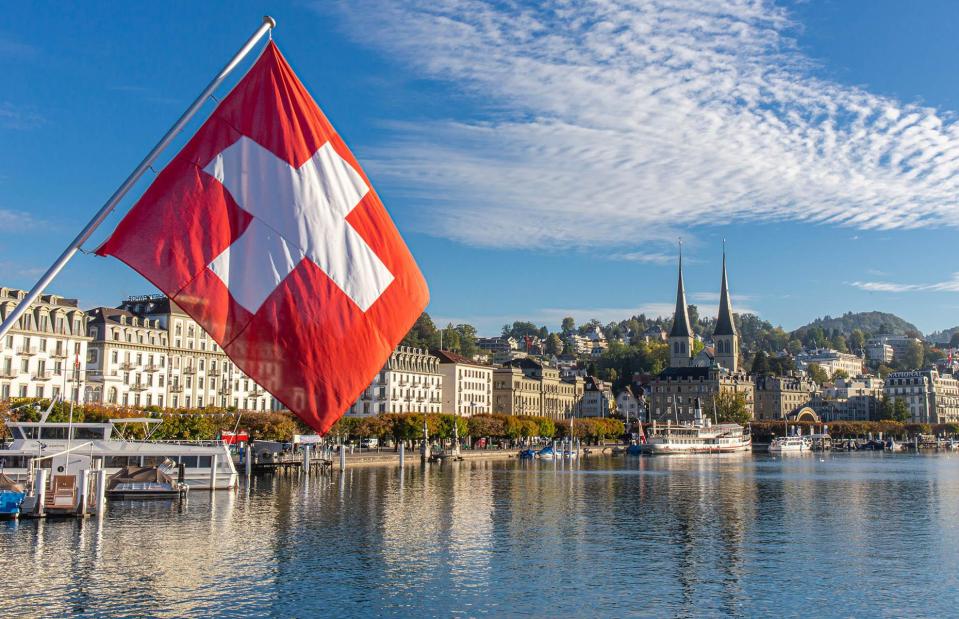
Prath/Shutterstock
The cost of living in Switzerland may be significantly higher than the global average, but it's a price the super-rich are apparently happy to pay. In return, Swiss millionaires receive a high quality of life, a flourishing financial sector, and beneficial tax laws that contribute to the nation's reputation as a tax haven. In fact, the nation is projected to have more than a million HNWIs by the end of 2024.
In 2019, the country, which has the world's highest financial secrecy score according to the Tax Justice Network, welcomed another 4,000 millionaires. Though this number has fallen since the COVID-19 pandemic, Henley & Partners expects a further 1,500 HNWIs to relocate to Switzerland this year.
Geneva, Lugano, and Zug are the most popular Swiss cities for migrating millionaires.
Italy – 2,200 more millionaires

kiuikson/Shutterstock
Around 2,200 millionaires are set to relocate to Italy in search of la dolce vita in 2024, with the regions of Liguria and Lombardy proving particularly popular. Many of these HNWIs will come from high-tax countries such as the UK, drawn by Italy's modest estate duty of just 4%.
In fact, Italian tax regimes are highly favourable to the super-rich across the board; the country offers a one-off tax of €100,000 ($108k/£84k) for certain residents who make their money overseas, a flat rate that enables wealthy migrants to avoid ordinary yearly tax rates (which would probably work out more expensive in the long run).
Add to this Italy's high quality of life, excellent weather, and world-famous cuisine, and it's easy to see why so many millionaires are drawn to its shores.
Australia – 2,500 more millionaires
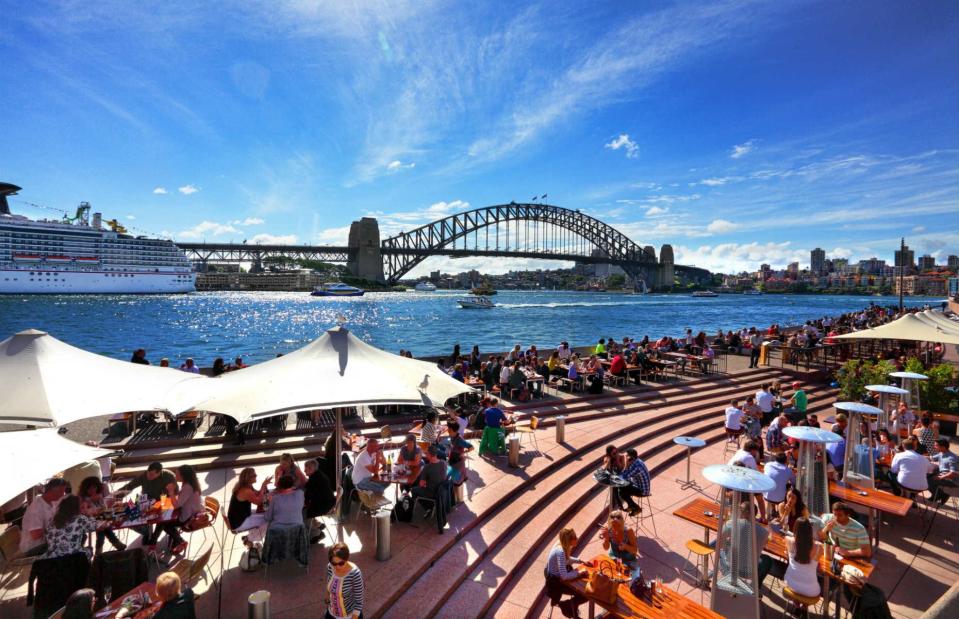
Leah-Anne Thompson/Shutterstock
Australia briefly became the world’s most popular destination for millionaires when it attracted a whopping 12,000 in 2019 alone. According to Henley & Partners, the number of millionaires expected to flock Down Under this year – though impressive – is still well below the levels seen in the 2010s, when Australia consistently welcomed around 5,000 HNWIs every year.
However, the country still has much to offer its wealthy newcomers and is widely seen as a politically stable safe haven that offers good healthcare, low crime rates, and no inheritance tax.
That said, the country may have alienated some potential migrants by axing its Golden Visa scheme in January this year. Since 2012, Australia has issued thousands of significant investor visas, around 85% of which went to wealthy Chinese citizens.
Canada – 3,200 more millionaires
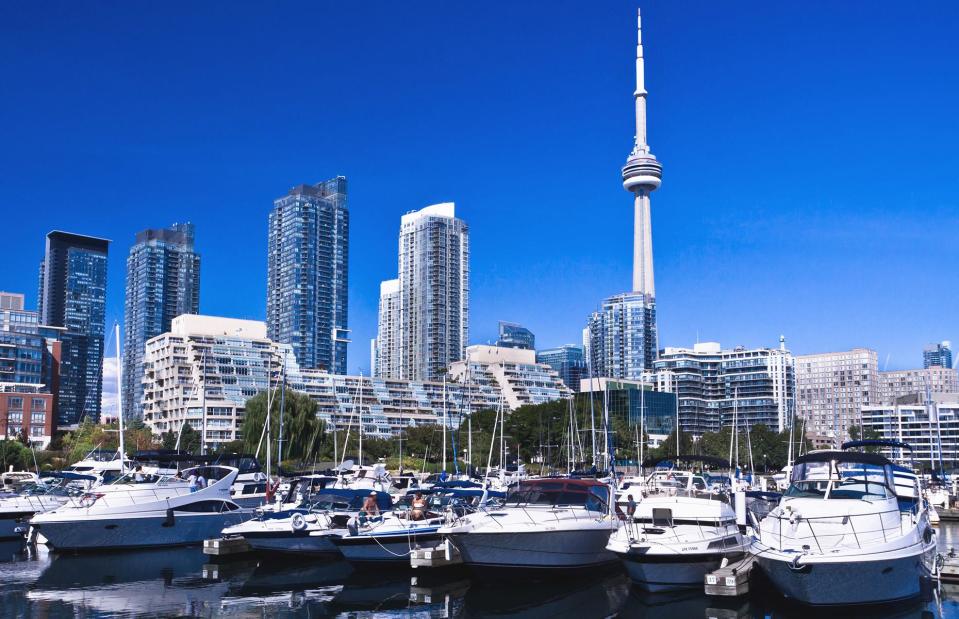
Aqnus Febriyant/Shutterstock
Canada has long been among the most popular destinations for HNWIs, especially those from Europe and Asia. The country's liberal economy, strong legal system, clean streets, and sunnier skies make it particularly attractive for Chinese migrants, according to data shared by the Hurun Research Institute in 2018.
Toronto and Vancouver are the main targets for migrating millionaires, though Henley & Partners reports that Calgary is fast joining their ranks. In fact, real estate developer Minto Communities claims there are more millionaires per capita in Calgary than anywhere else in Canada.
This is partly thanks to its growing tech scene, with companies such as Google, IBM, and Amazon all investing in the vibrant Alberta city.
Singapore – 3,500 more millionaires
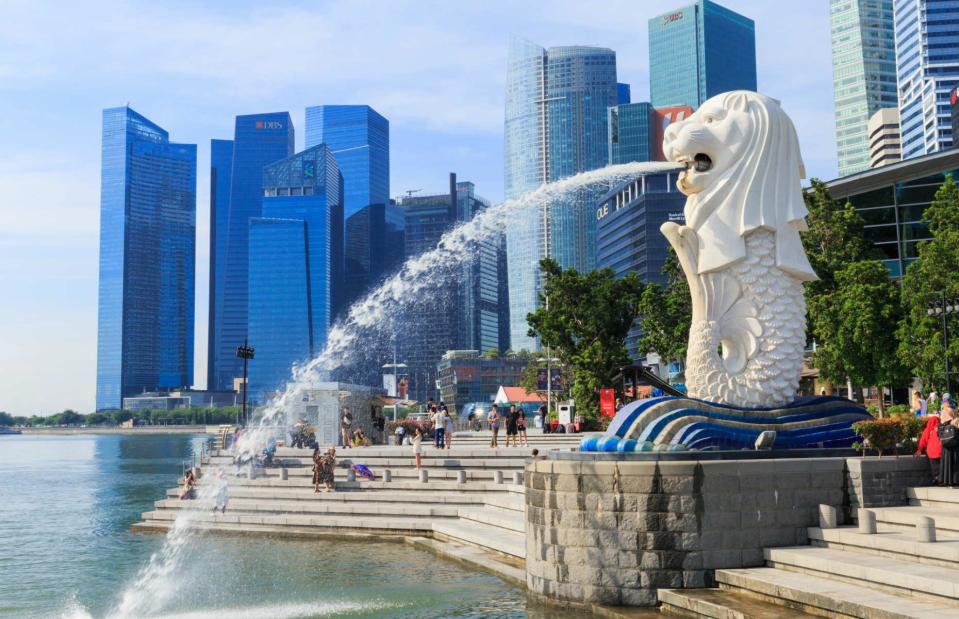
Suchart Boonyavech/Shutterstock
Before closing its borders for two years due to COVID-19, Singapore – one of the world's most open economies – welcomed 1,500 new millionaires. That number has skyrocketed in the wake of the pandemic, with a further 3,500 HNWIs expected to migrate to Singapore this year.
The city state, which has been dubbed the "Switzerland of the East", has many draws. It's close enough to China to do business but distant enough to avoid the country's authorities, something increasingly difficult to do in Hong Kong. (In fact, it's widely considered one of the most business-friendly cities in the world).
Henley & Partners also note that Singapore is the fastest-growing family office hub, mainly thanks to the city's lack of a capital gains tax.
USA – 3,800 more millionaires
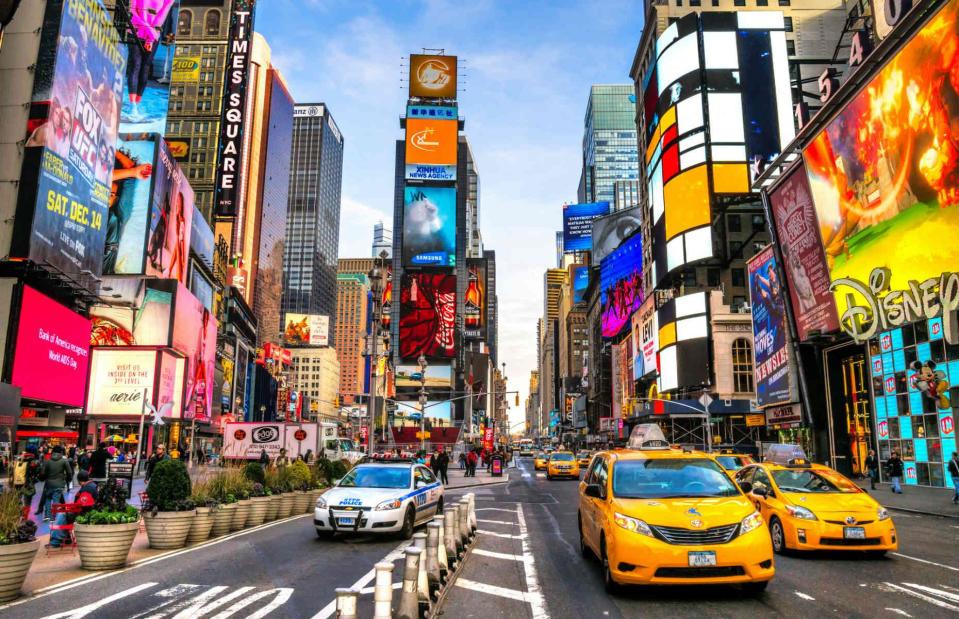
Luciano Mortula - LGM/Shutterstock
While many American billionaires may consider moving overseas, the US still has a powerful appeal. Not only is it the world's leading tech centre, attracting everyone from ambitious entrepreneurs to global leaders, but it's also becoming an increasingly attractive destination for wealthy retirees. Florida, in particular, is a popular retirement hub.
As many as 10,800 millionaires migrated to the US in 2019 alone, which was an increase of 1,800 from the previous year. Though numbers plummeted in the wake of the pandemic, they're back on the rise, with 3,800 millionaires expected to move to America in 2024.
The EB-5 visa programme, which offers green cards in exchange for a $800,000 (£625k) investment into a US business, has reportedly seen an influx of members of the Chinese middle class. However, this Golden Visa scheme has drawn criticism over potential security and fraud fears.
UAE – 6,700 more millionaires
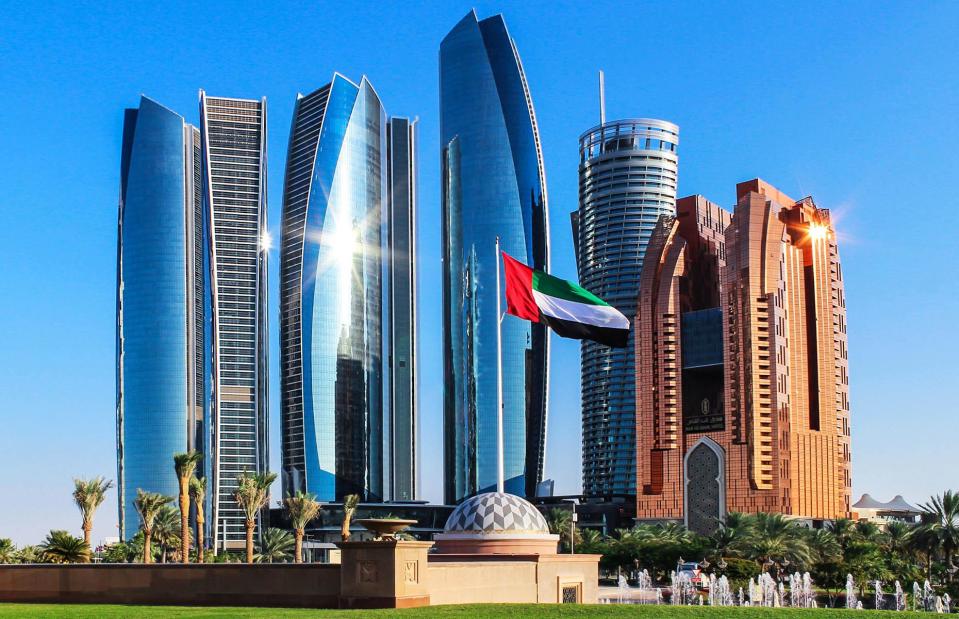
TanyaBV/Shutterstock
Topping the list for the third year running, the United Arab Emirates (UAE) is expected to receive an influx of 6,700 millionaires by the end of 2024. That's an increase from 4,000 in 2022.
The country has long been a magnet for millionaires; in 2022, it was estimated that an incredible 35,000 HNWIs had relocated to the UAE since 2000. But the demographic of those HNWIs is changing. While the UAE has historically attracted the super-rich from comparatively nearby nations including India, Russia, and other parts of the Middle East and Africa, Henley & Partners notes that more people are choosing to move to the UAE from the UK and Europe, a sign of its rapidly growing appeal.
With a low crime rate, minimal taxes, impressive health care system, and luxury shopping malls galore, it's not hard to see where the appeal lies. But the country has also sparked fierce criticism for its history of human rights abuses.
Where are millionaires moving from?

MO:SES/Alamy Stock Photo
For the following 10 countries, it's a different story. From historic millionaire hubs to nations slapped with sanctions, many places are losing their super-rich, fast – and it's not just a reflection of the whims of the wealthy.
Factors including security, taxes, and geopolitics can all encourage millionaires to migrate, and the next 10 nations are plagued by problems that are chasing off HNWIs in their droves.
Read on to discover the top 10 nations with the highest outflow of millionaires in 2024...
Vietnam – 300 fewer millionaires
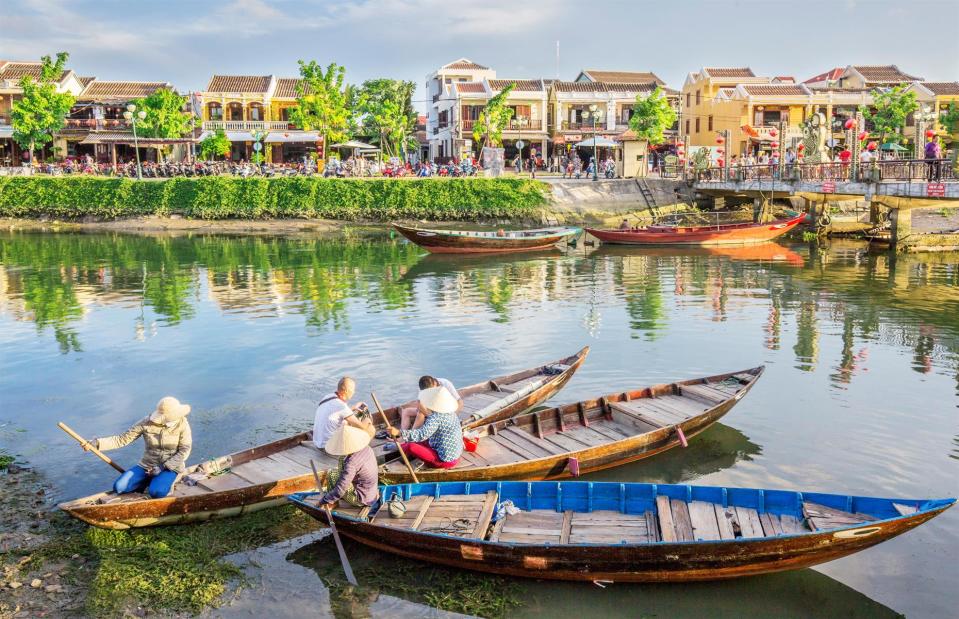
Quang Ngoc Nguyen/Alamy Stock Photo
In 10th place is Vietnam, which Henley & Partners predicts will lose 300 millionaires before the end of 2024.
This represents quite the fall from grace, with Henley & Partners noting: "Vietnam’s inclusion on the top outflows list is somewhat of a contradiction as it is currently the fastest growing wealth hub in the world, with millionaire growth of +98% recorded over the past decade. However, the large outflow in 2024 may be a negative sign for the future."
According to a report from Business Standard, many millionaires in developing nations such as Vietnam choose to leave in search of better education and healthcare provision.
Nigeria – 300 fewer millionaires
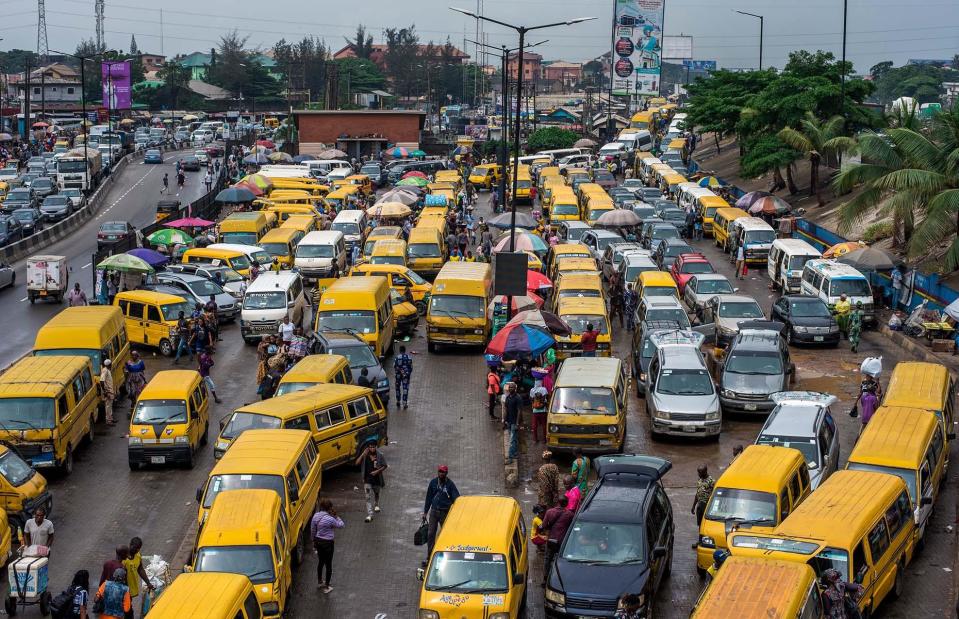
Tolu Owoeye/Shutterstock
Like Vietnam, Nigeria is forecast to lose 300 millionaires in 2024. A combination of factors is behind the exodus, from soaring crime rates and religious tensions to the weakness of its domestic currency, which was compounded by a cash crisis last year.
Many of the outgoing HNWIs are destined for South Africa, while others go further afield – for example, the UAE, UK, or Europe.
In fact, Nigeria has lost so many millionaires that its super-rich population is down an astonishing 45% over the last 10 years. That makes Africa's most populous nation the worst-performing on the continent. It's currently home to four billionaires worth a combined $27 billion (£21bn), while its GDP per capita is just $1,621 (£1.3k), according to World Bank data.
Taiwan – 400 fewer millionaires
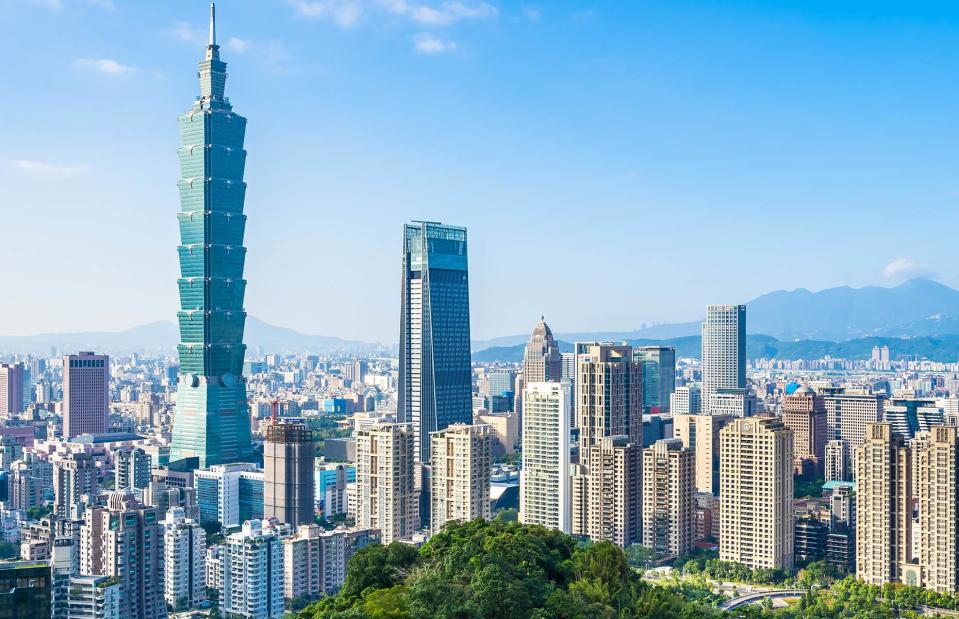
Lifestyle Travel Photo/Shutterstock
Taiwan has no shortage of HNWIs, with around 60,000 calling the country home. This is partly thanks to the nation's dominance in the profitable semiconductor sector. But 400 of those residents are expected to leave before the end of the year, with Henley & Partners speculating that rising tensions with mainland China could be to blame.
A report from the Financial Times last year found an increasing number of Taiwanese HNWIs are moving their money out of the country, with many choosing to invest it in property overseas in the face of rising hostility from Beijing.
Perhaps adding to the anxiety among Taiwan's super-wealthy is the prospect of the upcoming US election. If Donald Trump wins, relations between the US and China could degrade due to his proposed tariffs, and this could send shockwaves through Asia's economies.
South Africa – 600 fewer millionaires
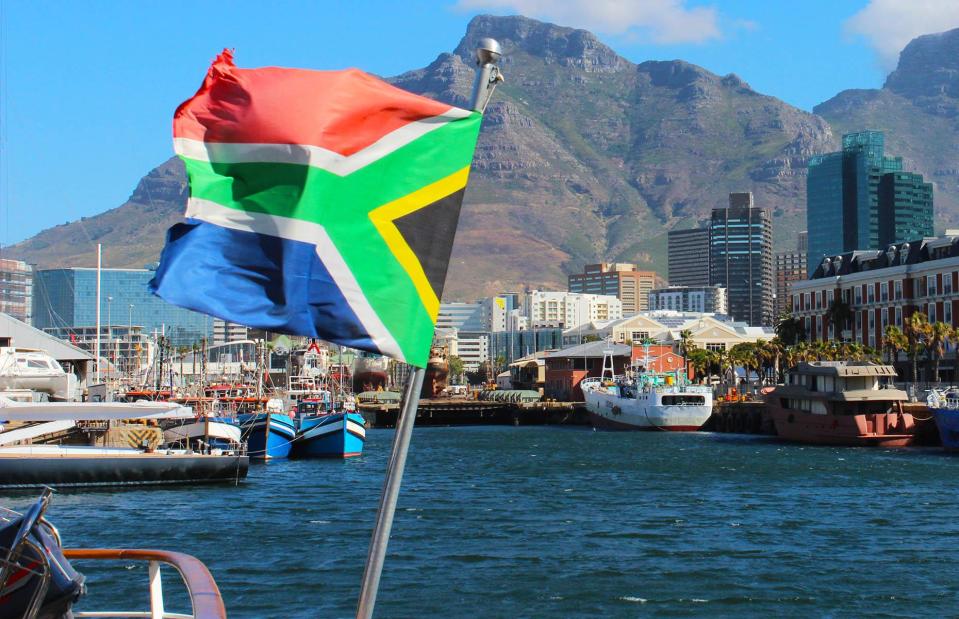
Christopher Sharpe/Shutterstock
According to Henley & Partners, South Africa typically loses between 300 and 400 HNWIs every year, meaning this year's forecast of 600 migrating millionaires is a new record. So why the sudden uptick?
Perhaps the biggest factor is the 2024 South African election. Though the incumbent president Cyril Ramaphosa was ultimately re-elected in June, there were fears that an incoming government could clamp down on South Africa's super-rich population through the introduction of new taxes.
Ramaphosa has also faced a backlash for passing a controversial new healthcare bill that advocates for the introduction of a national health insurance scheme, while also preventing people from taking out private health insurance to cover treatment offered by the scheme. This poverty-tackling proposal has proved unpopular among some, and it could be that wealthy South Africans are relocating to countries with a more flexible health insurance scheme in place.
Brazil – 800 fewer millionaires
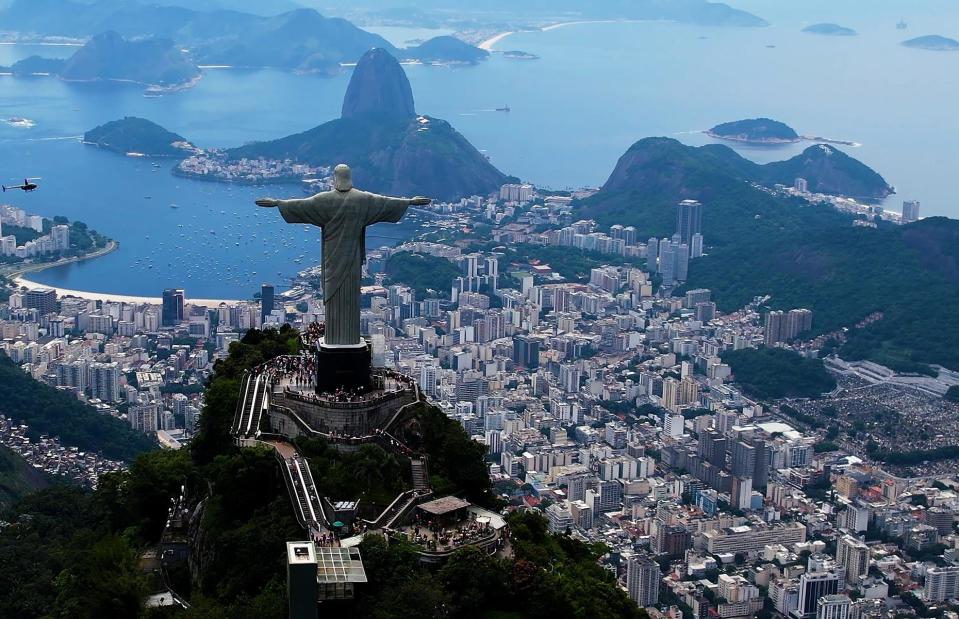
ByDroneVideos/Shutterstock
Brazil is still feeling the after-effects of several political scandals. In 2016, a whopping 8,000 millionaires left the country after the political disruption caused by President Dilma Rousseff's impeachment and the Petrobras corruption scandal. In 2017, around 2,000 more HNWIs followed suit.
Brazilian-born entrepreneur Eduardo Saverin, who now lives in Singapore, is living proof that some of the country's wealthiest people are choosing to relocate, though he still regularly features on lists of Brazil's richest residents.
A further 1,400 HNWIs left Brazil in 2019 and 2,500 in 2022. While the nation still features in the top 10 when it comes to millionaire outflow, the situation has significantly improved, with "just" 800 expected to leave in 2024. The re-election of Luiz Inácio Lula da Silva in January 2023, closely followed by the Brazilian economy growing by 1.9% in the first quarter, could be key factors.
Russian Federation – 1,000 fewer millionaires
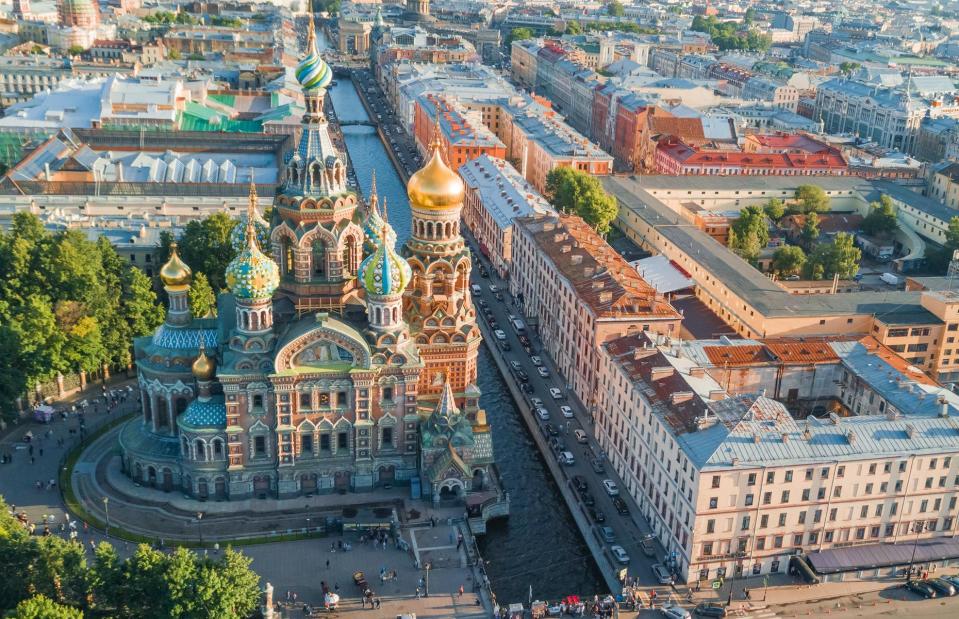
Anton Watman/Shutterstock
Even before the war in Ukraine, wealthy Russians were leaving the country in droves. Around 5,500 HNWIs fled the country in 2019, representing 6% of the nation's super-rich. Fast-forward to 2022 and a record 8,500 HNWIs fled Russia, the equivalent of 15% of Russia's millionaire population.
This number has since fallen to 1,000, but that's likely due to the fact there are comparatively few millionaires left in the country. Global companies withdrew from Russia in their thousands after the war began, causing the stock market to crash, and ongoing fears around the economy have proved more than enough to encourage HNWIs to relocate.
Popular destinations for these migrating millionaires include Dubai, Qatar, and Türkiye, all of which have declined to impose sanctions on the country and its residents.
South Korea – 1,200 fewer millionaires
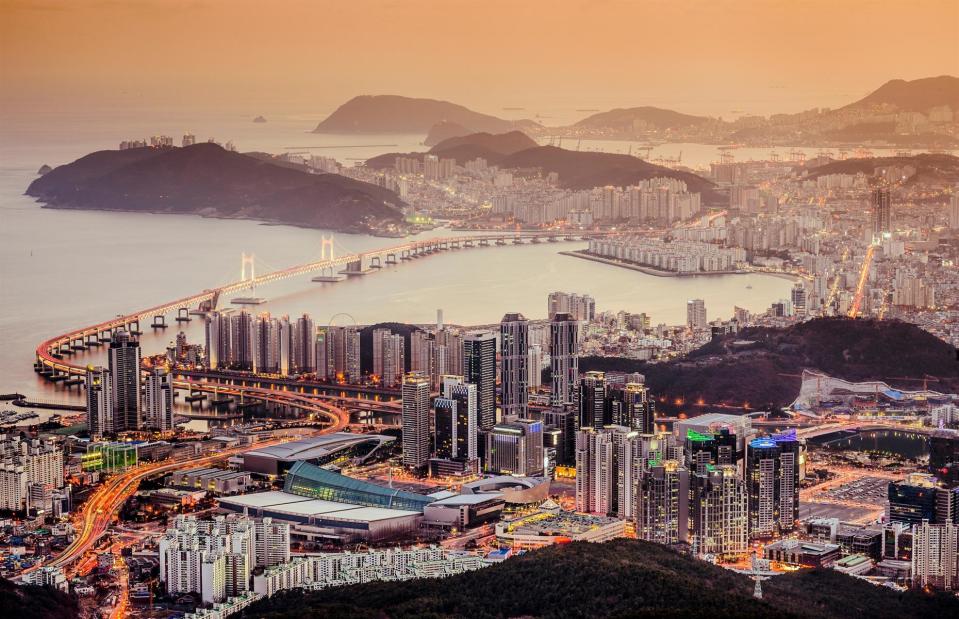
Sean Pavone/Alamy Stock Photo
South Korea is arguably one of the more surprising countries on the list. An estimated 1,200 HNWIs are expected to leave the nation this year, showing millionaire migration isn't slowing down anytime soon. Popular destinations for these super-rich relocators include the US, Canada, and Australia, according to Henley & Partners.
Some analysis suggests this trend is a case of "carrot over stick"; instead of being forced to leave by unfavourable conditions in their home country, a growing number of South Koreans have simply become rich enough to leave, typically choosing Western nations with better opportunities and stronger global connections.
But it could be that increasing tensions with North Korea and the country's proximity to economically-struggling China, its biggest trading partner, are also encouraging South Korea's super-rich to pack up and leave.
India – 4,300 fewer millionaires
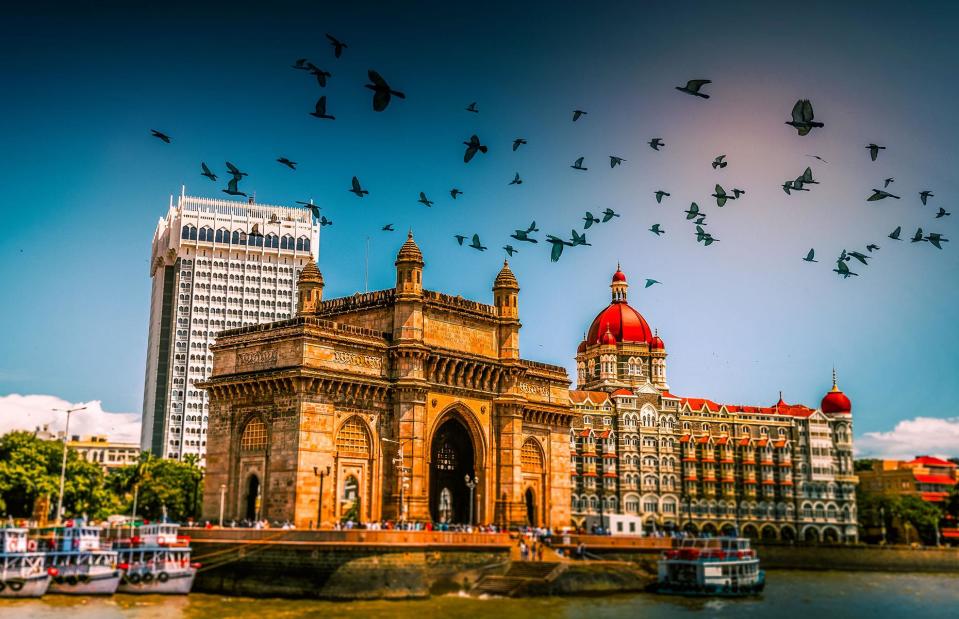
Studios Allegory/Shutterstock
A significant number of India's wealthiest residents have decided to leave the country over the last decade. Around 7,000 millionaires left India in 2019, 5,000 left in 2020, and more still in 2022. The country's unpredictable taxation system – in which immediate payment demands are seemingly issued at random – is traditionally one of the main reasons millionaires cite for leaving.
But the tide could be turning. Though a significant 4,300 HNWIs are expected to leave India this year, Henley & Partners claims the exodus is "not particularly concerning as India continues to produce far more new HNWIs than it loses to emigration". The report adds that the majority of Indian millionaires who leave choose to maintain some assets in the nation.
And more millionaires are deciding to stay; the number of HNWIs who left last year totalled 5,100, a hefty 800 more than this year's projected figure.
United Kingdom – 9,500 fewer millionaires
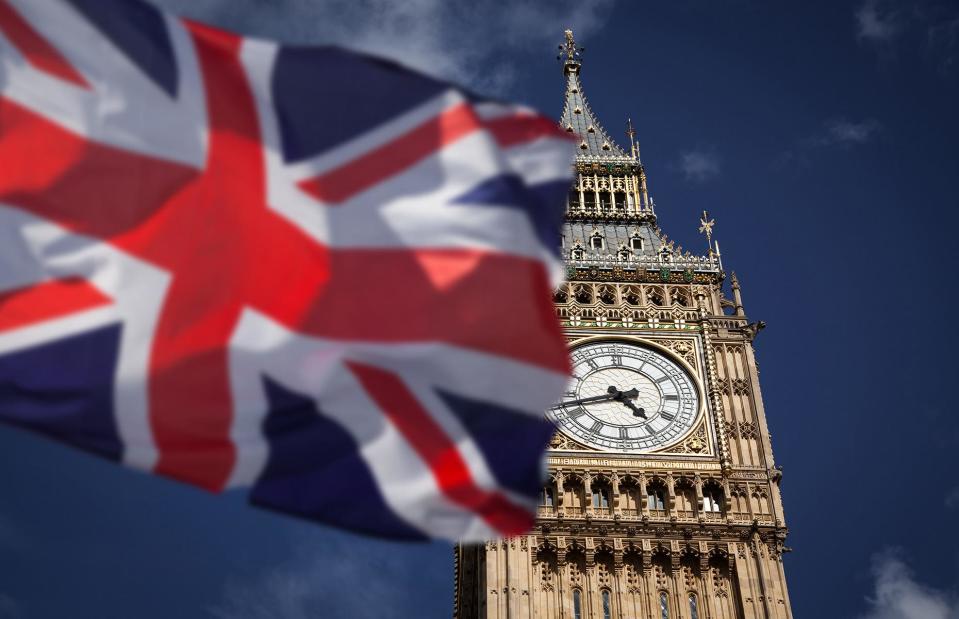
Melinda Nagy/Shutterstock
It's worse news in the UK. While the nation has been on the receiving end of HNWIs over the past 30 years, 2017 was the first time it saw a large number of its super-rich wave goodbye, a trend undoubtedly sparked by Brexit. In 2022, the nation also lost a significant number of its Russian billionaires – including Roman Abramovich – as the West slapped wealthy oligarchs with sanctions.
A further 9,500 HNWIs are expected to leave this year, marking a new record. In fact, it's more than double the number of millionaires who left last year, which in itself was a record at 4,200.
According to Henley & Partners, the most commonly cited reasons for leaving include the ongoing effects of Brexit, government instability, and the likely implementation of new tax laws following the UK's general election.
China – 15,200 fewer millionaires
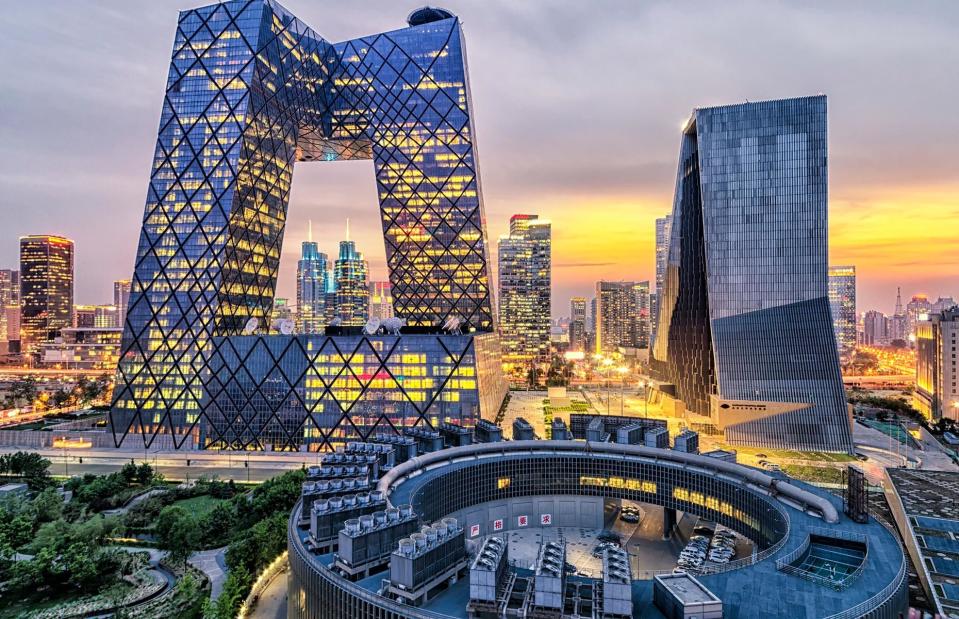
HelloRF Zcool/Shutterstock
Tens of thousands of millionaires have left China during the last decade, with a staggering 16,000 quitting the country in 2019 alone. This year, the figure is expected to reach 15,200.
Interestingly, a 2017 poll conducted by the Hurun Report and Visas Consulting Group found that half of China's millionaires were planning to move overseas eventually, with the majority intent on settling in the US. Reasons cited included the restrictions on personal freedom at home, a lack of good senior management jobs, and concerns about the country's levels of air pollution.
It's likely the recent collapse of China's real estate industry has also played a key role in the expected exodus this year. Meanwhile, the looming possibility of a second Trump presidency, during which tariffs of more than 60% could be placed on Chinese-US exports, could be another factor.
Now find out which countries have the highest percentages of millionaires

 Yahoo Finance
Yahoo Finance 